No better or worse for it. Definitely not any more or less effective.
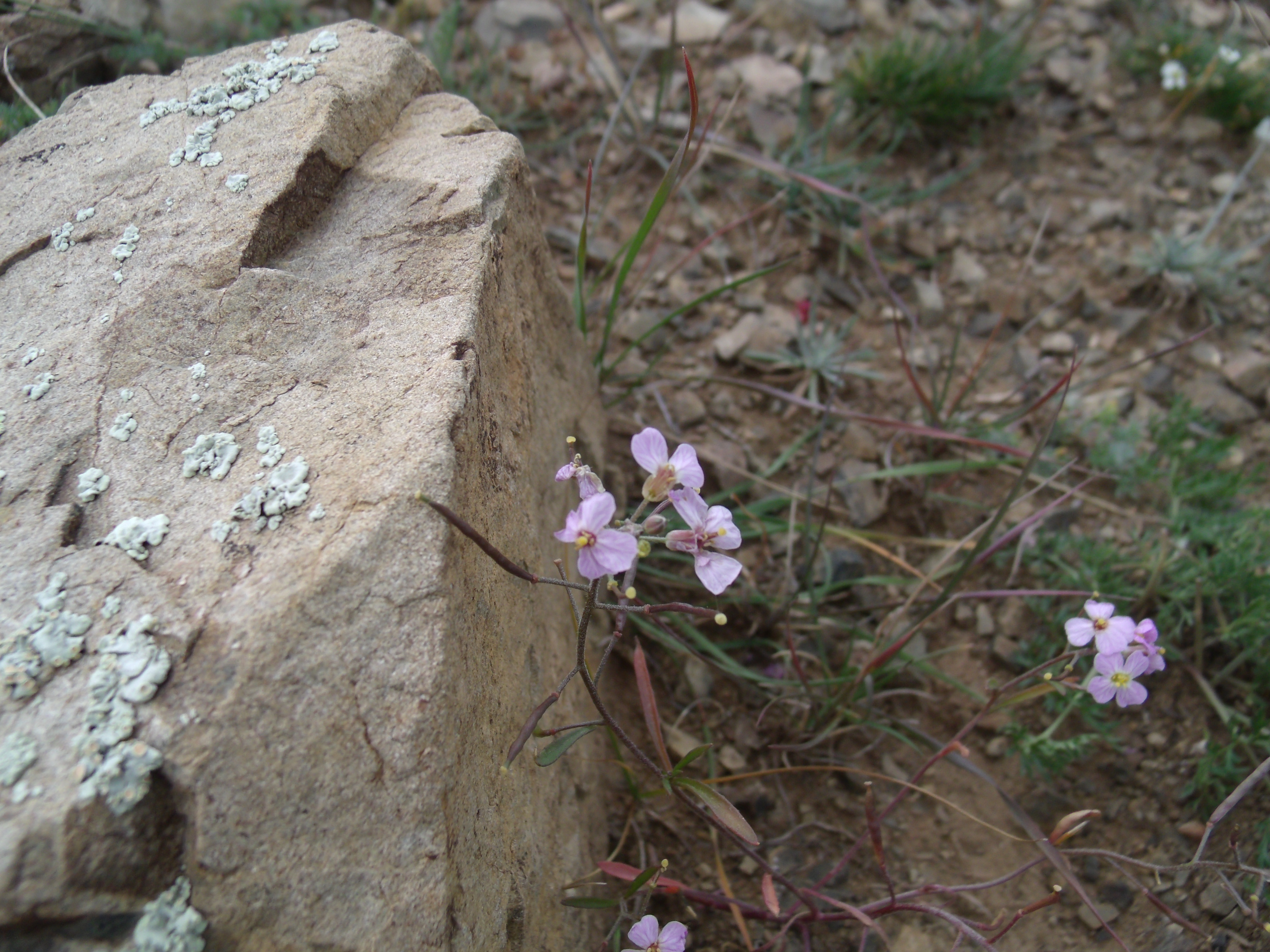
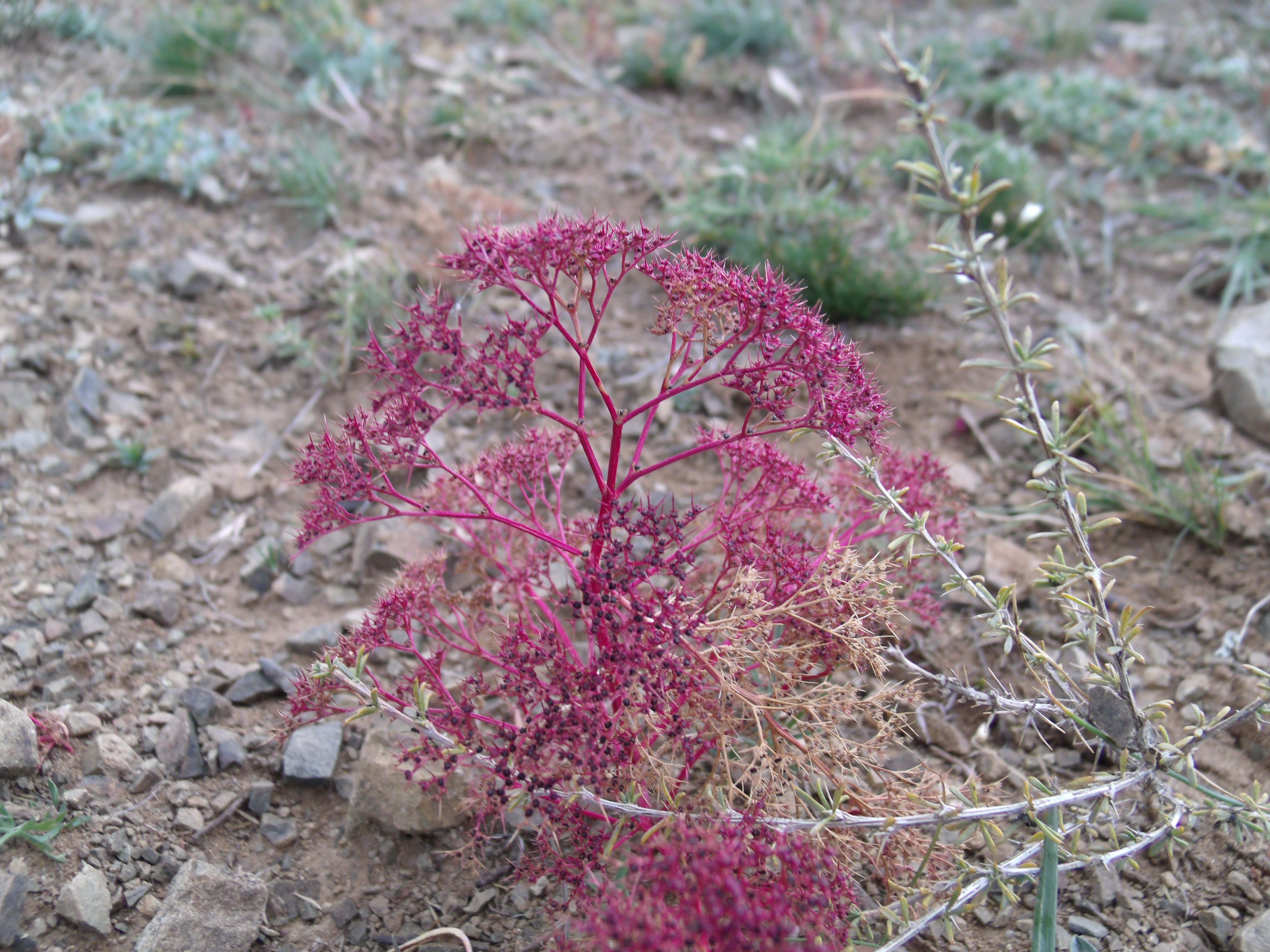
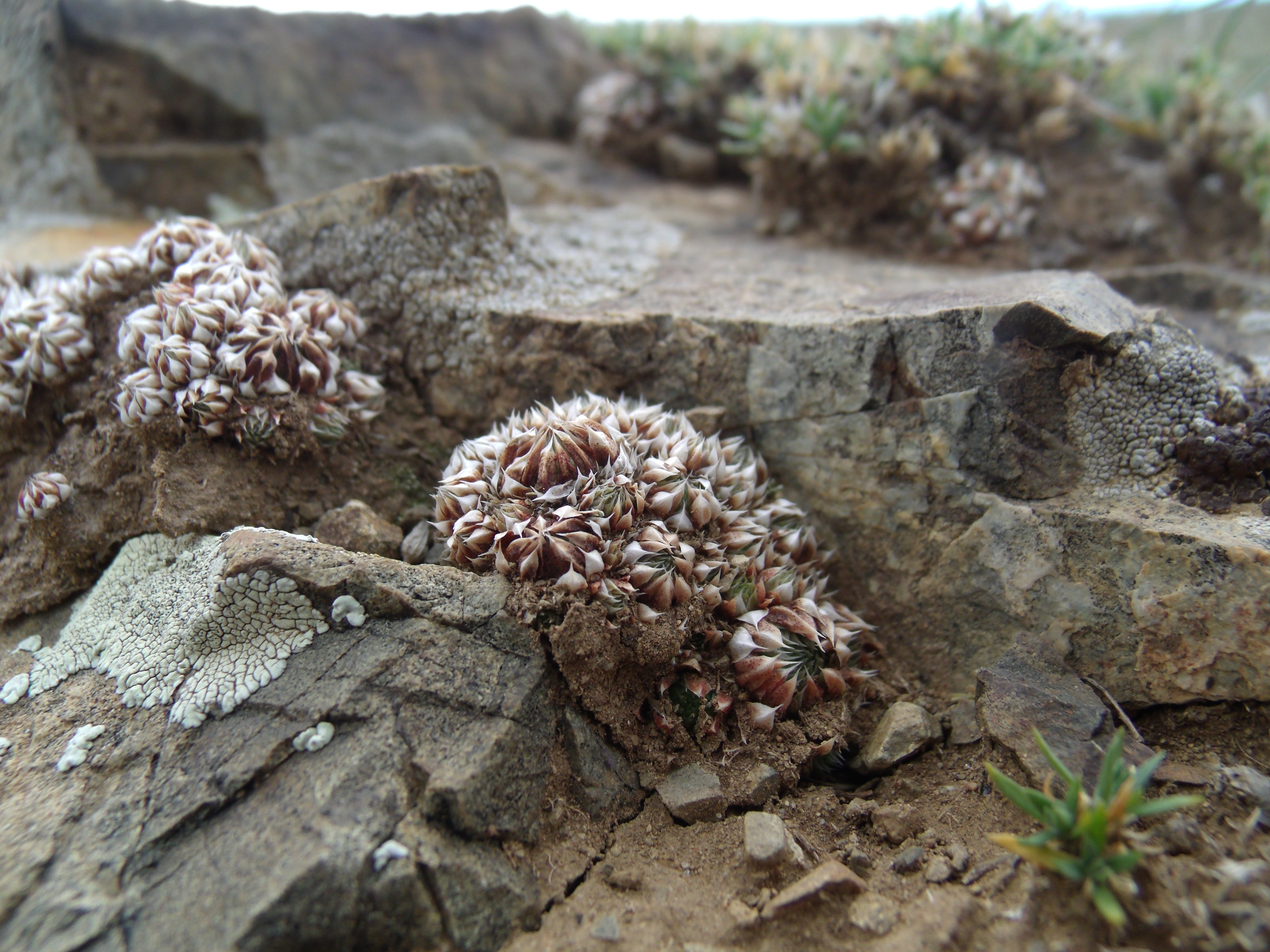
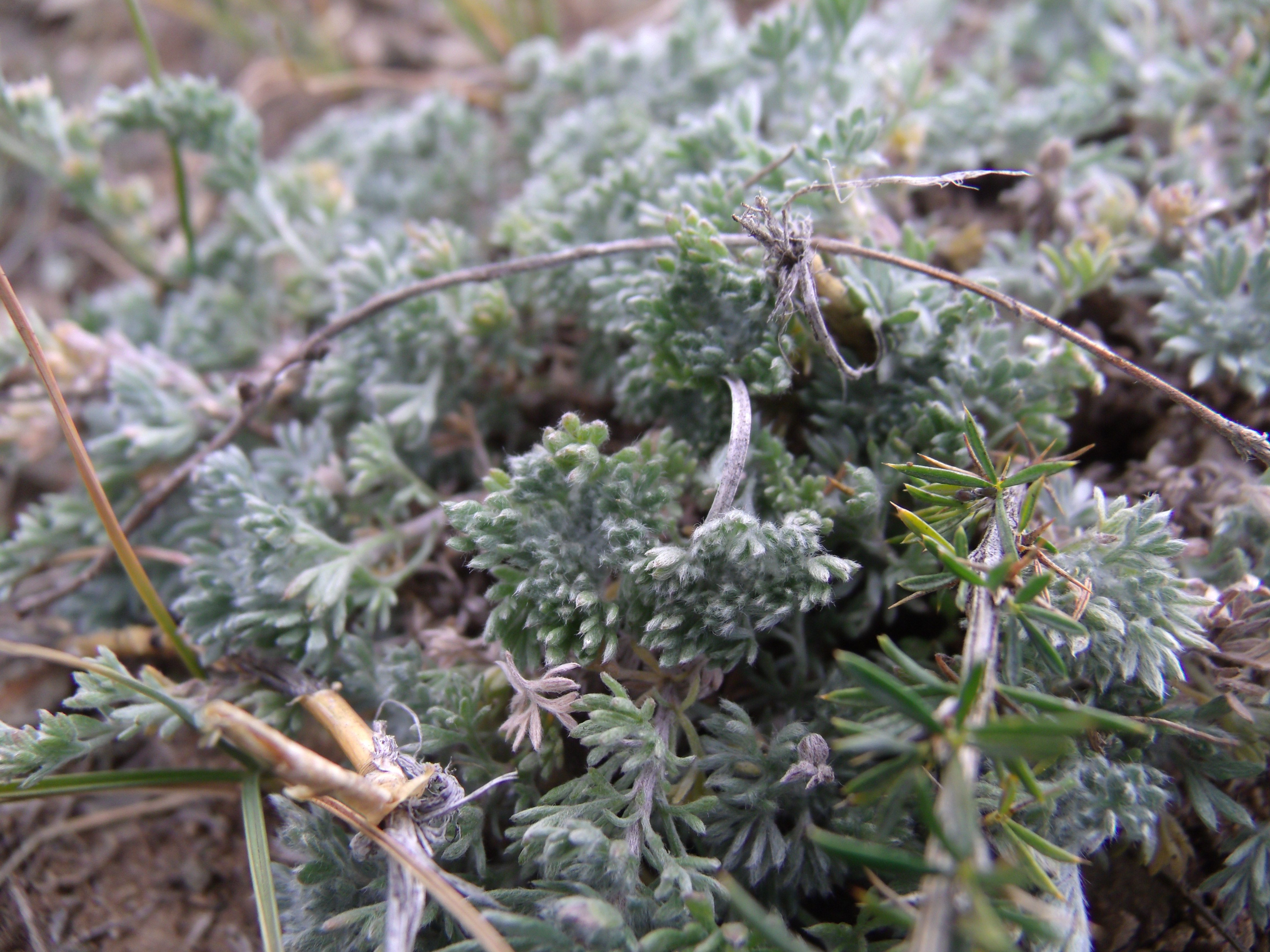
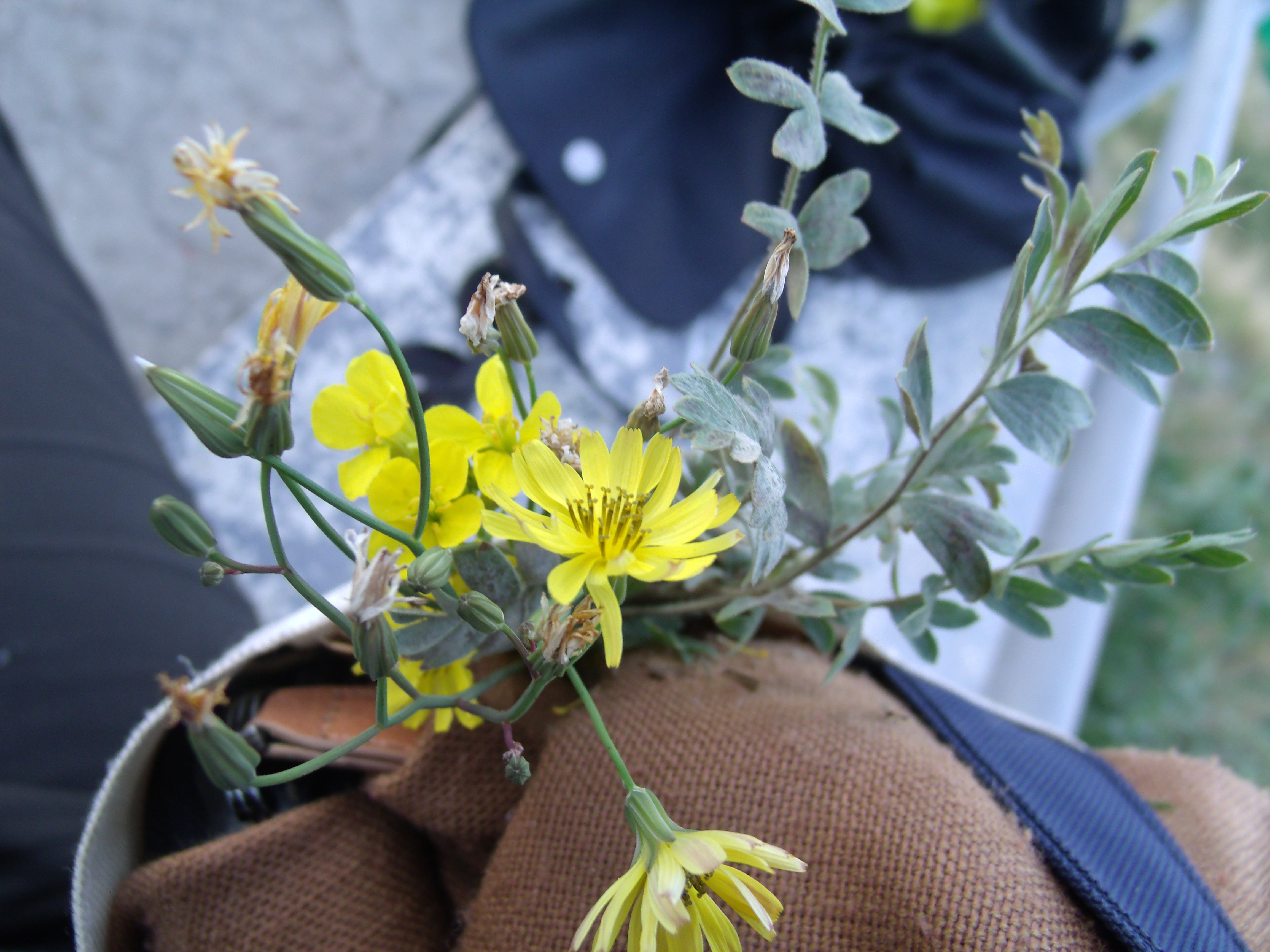
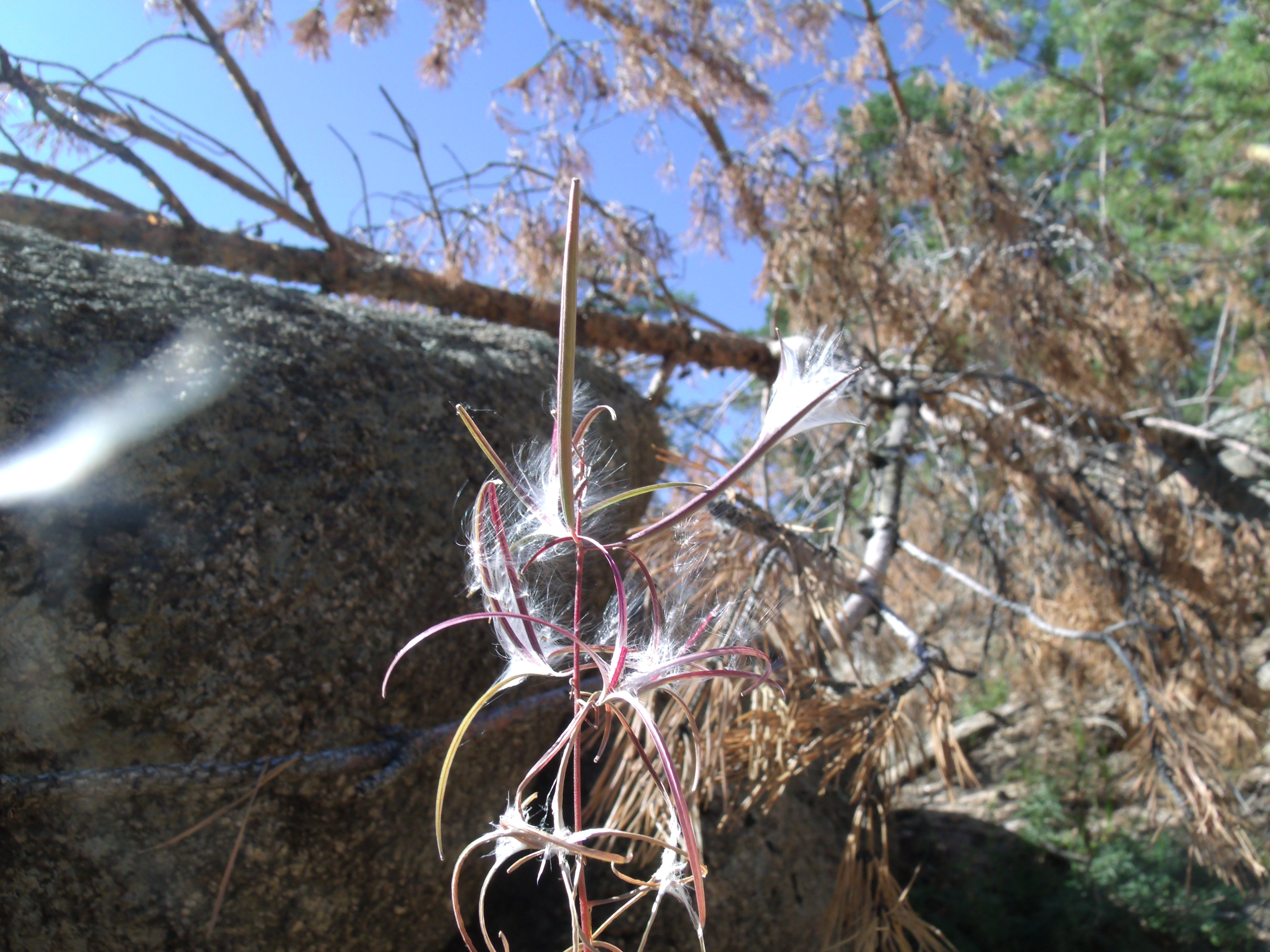
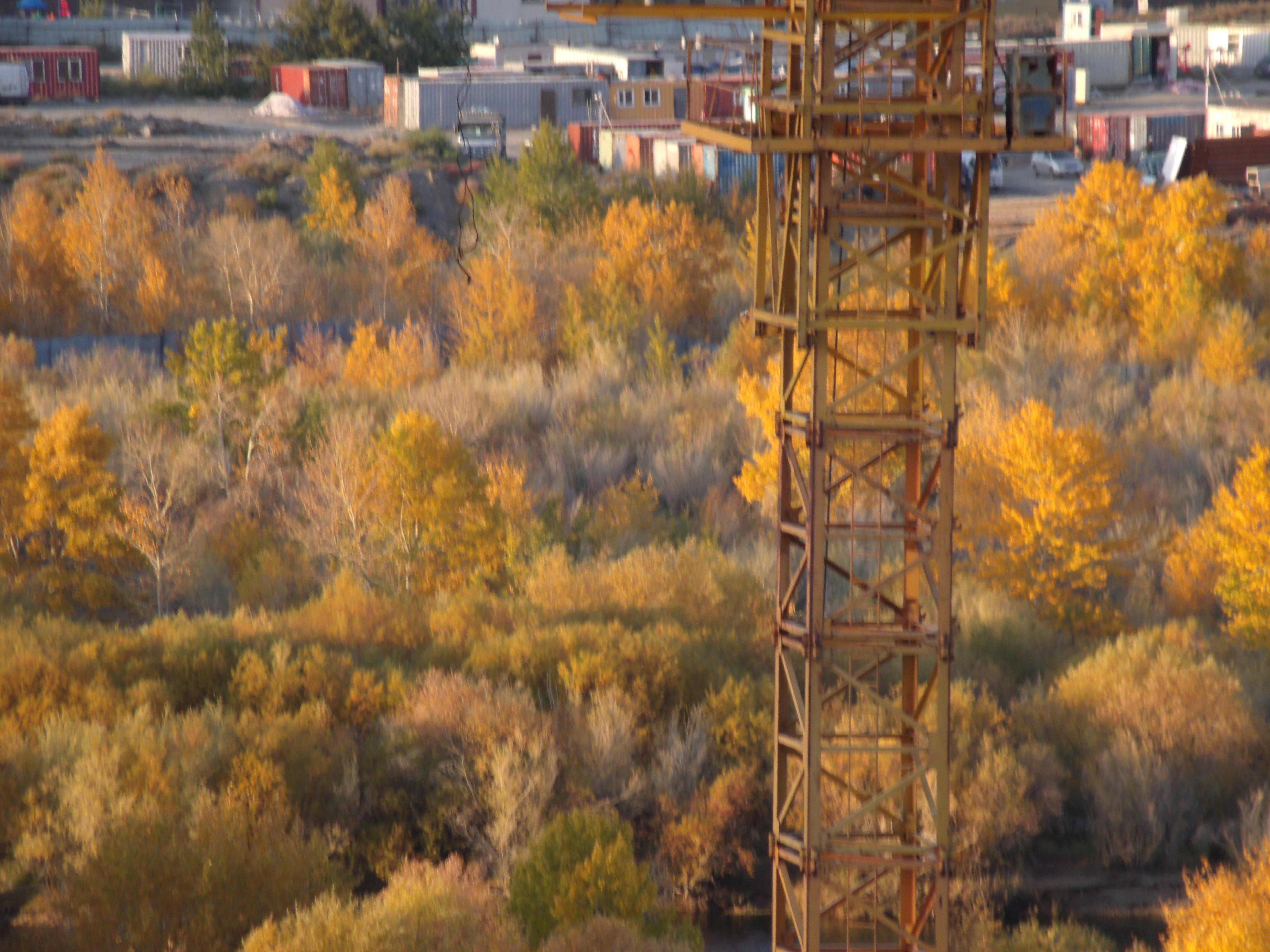
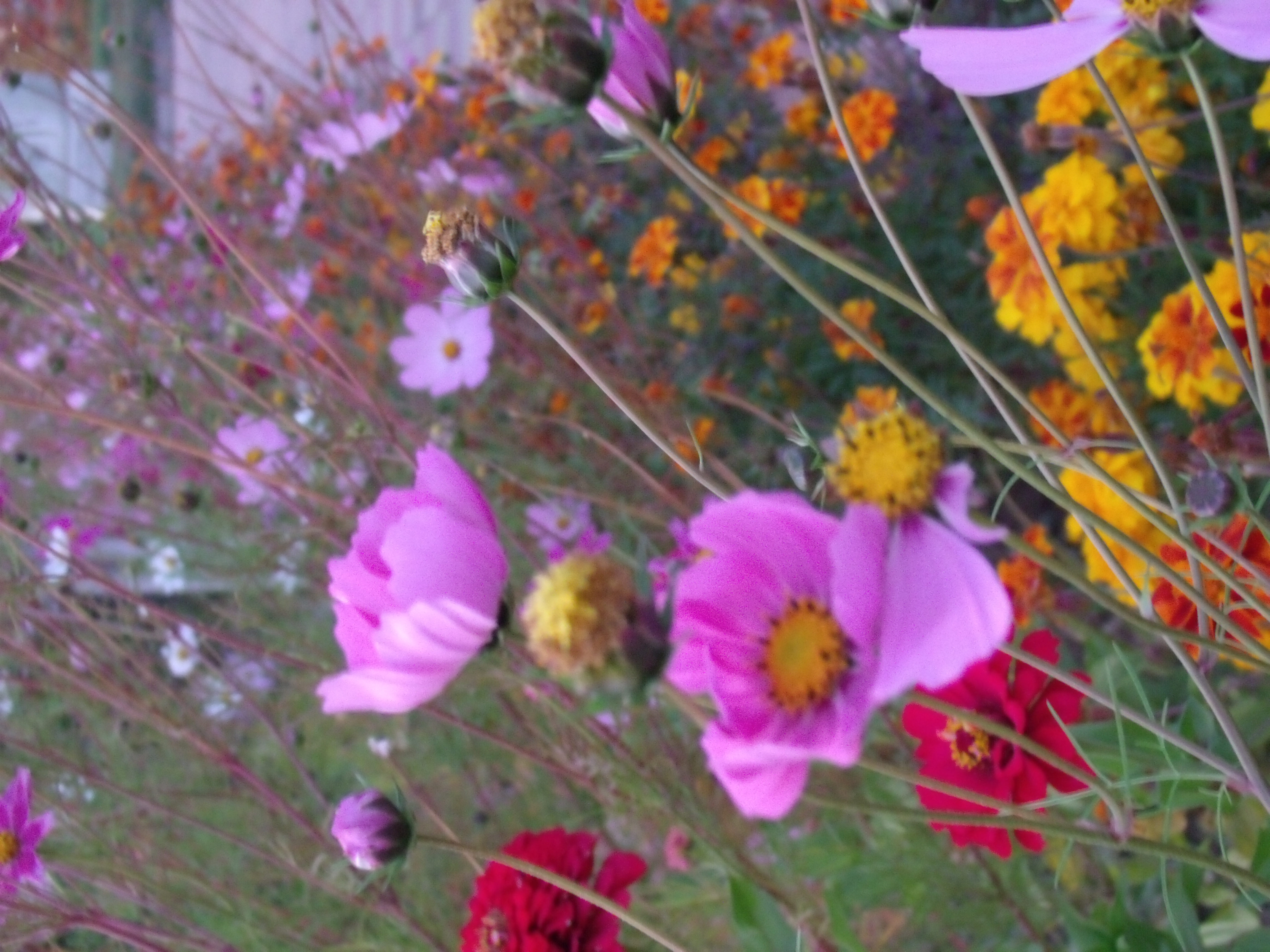

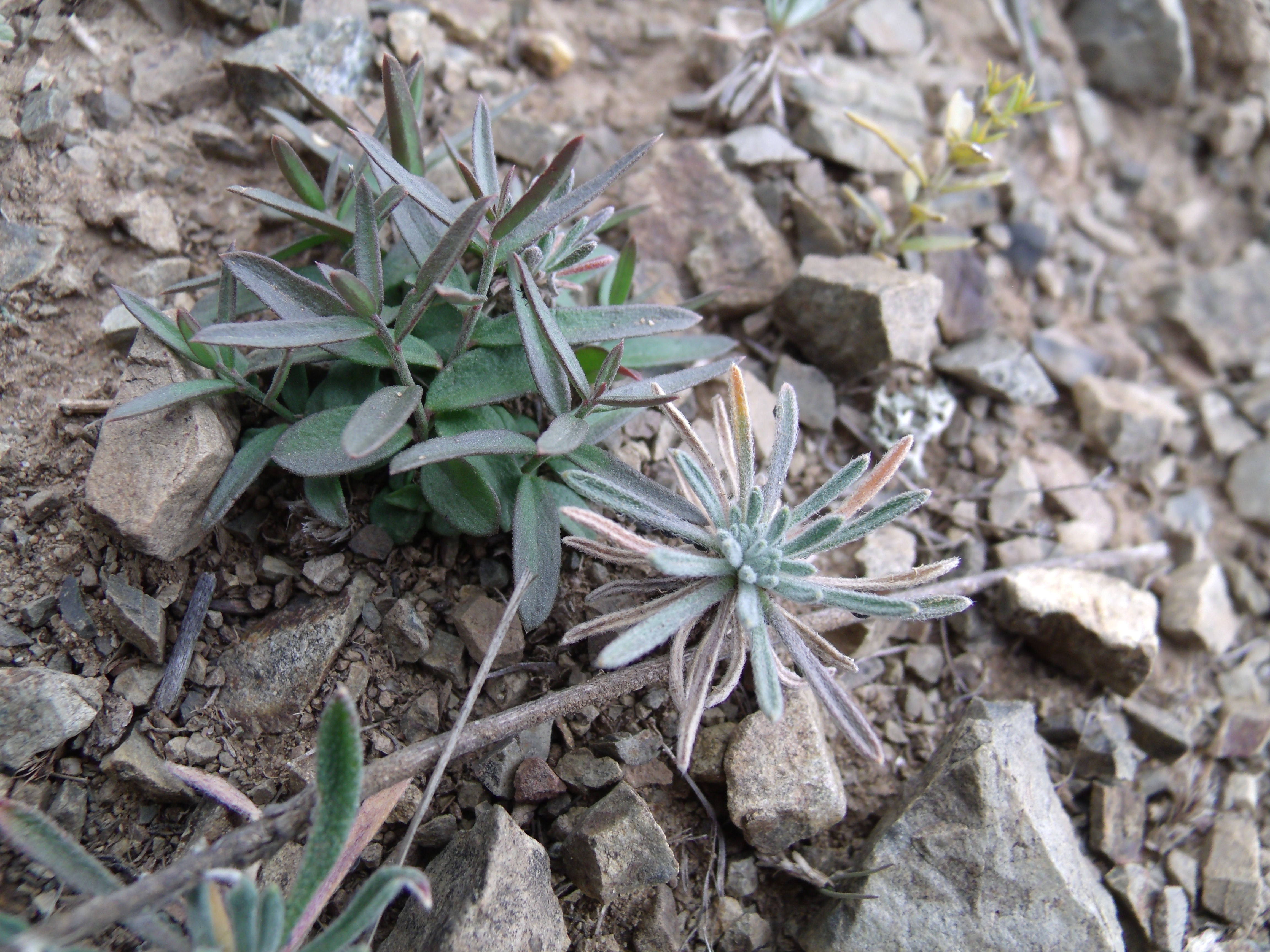
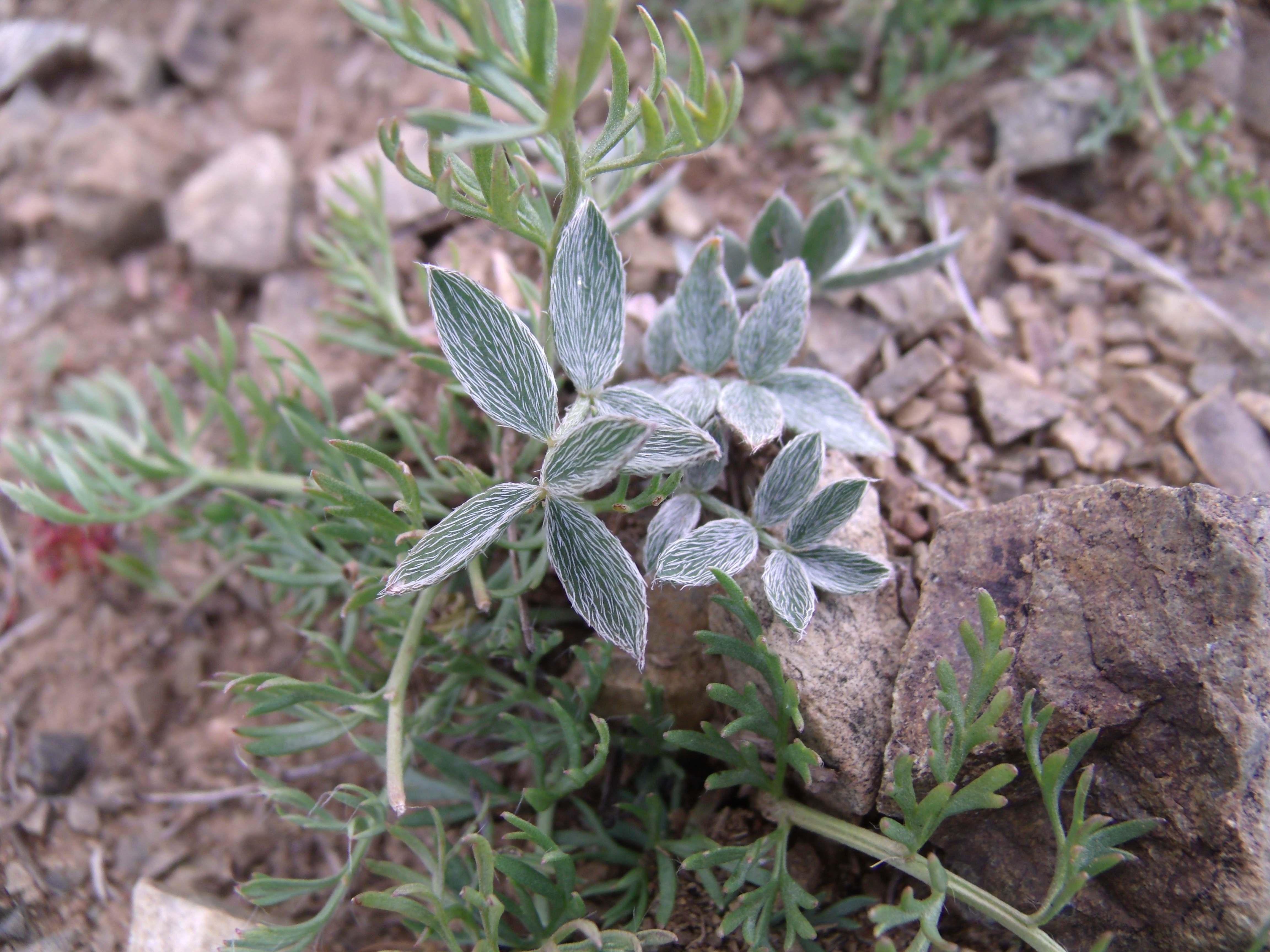
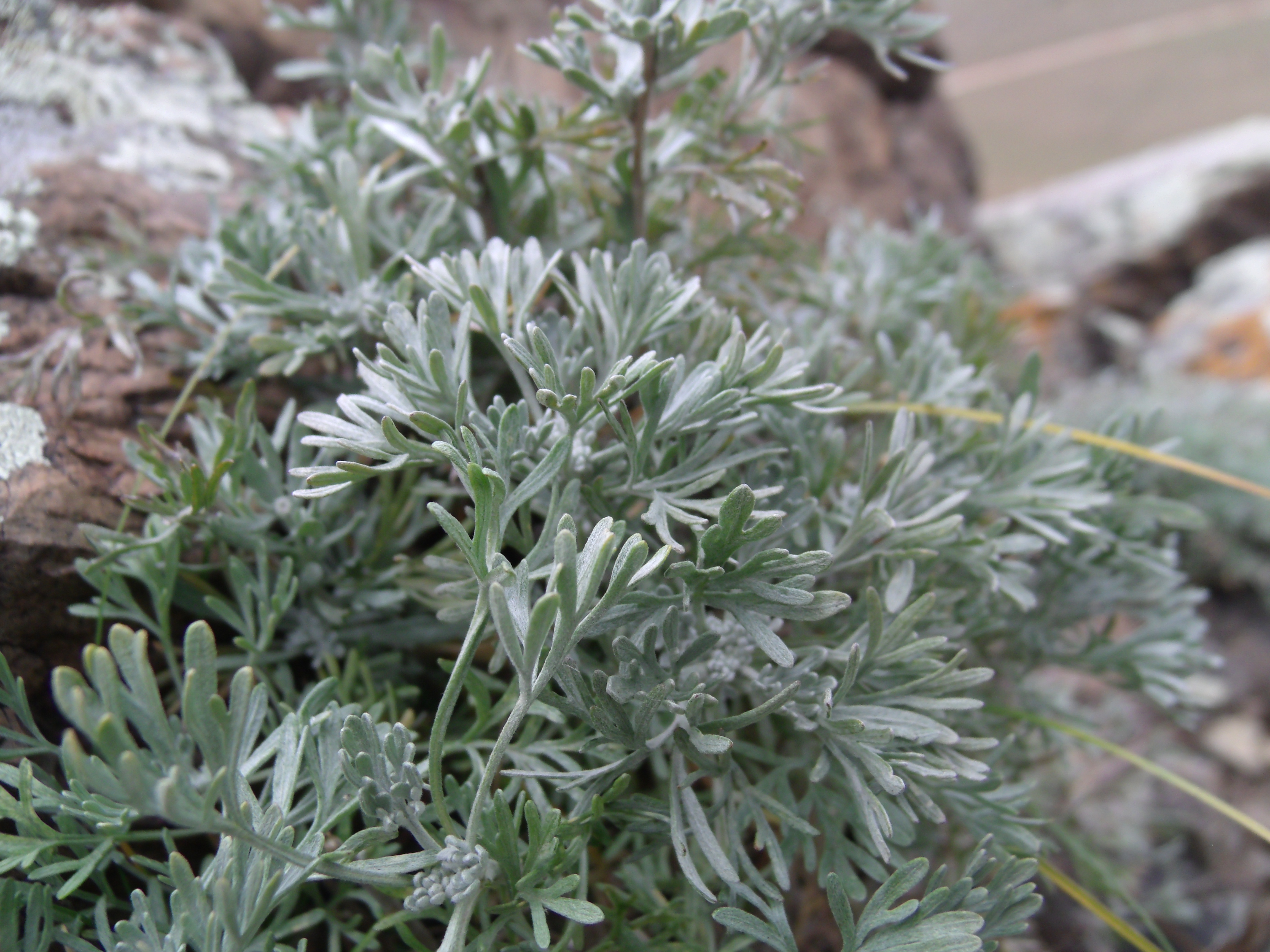
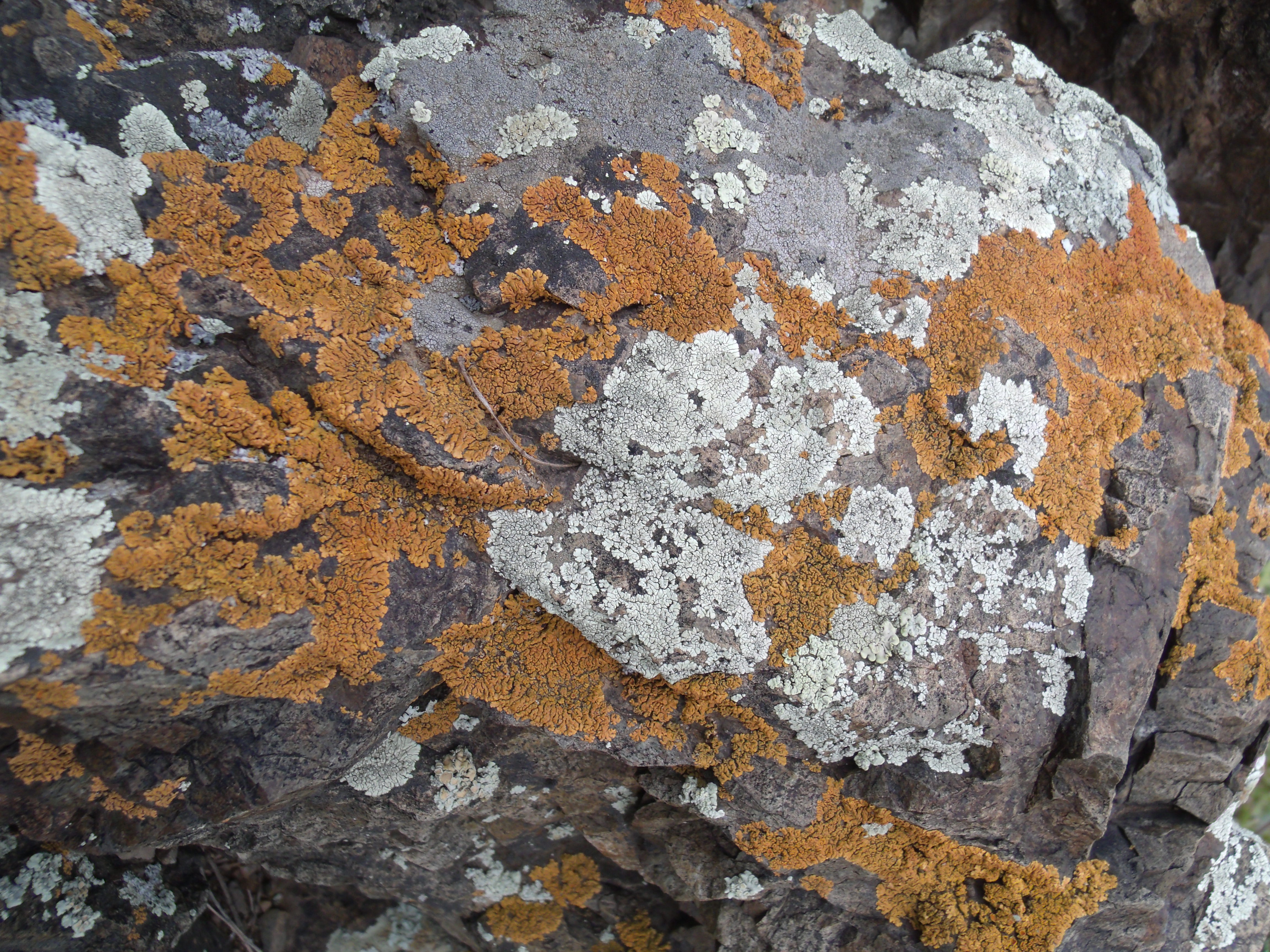

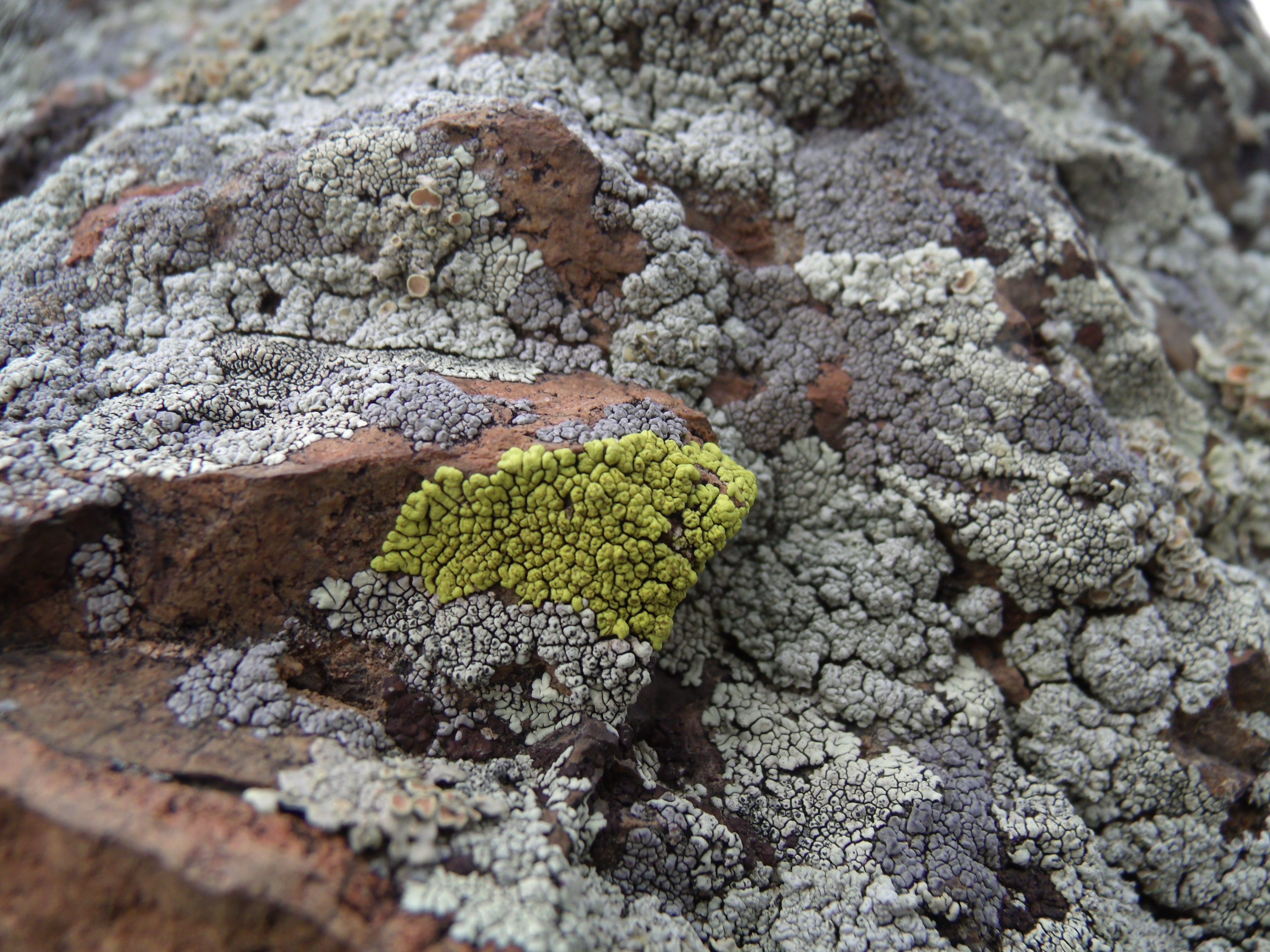
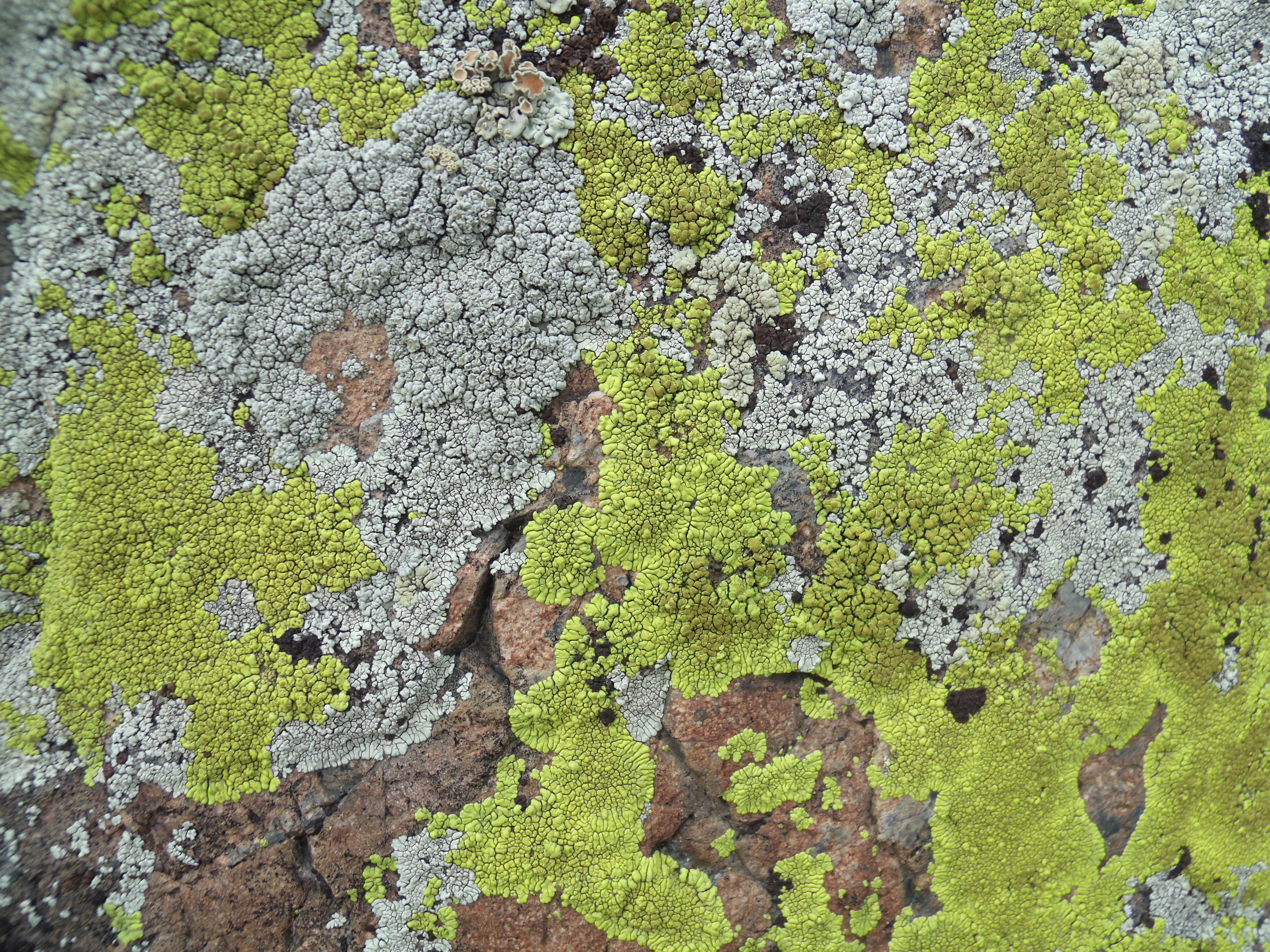
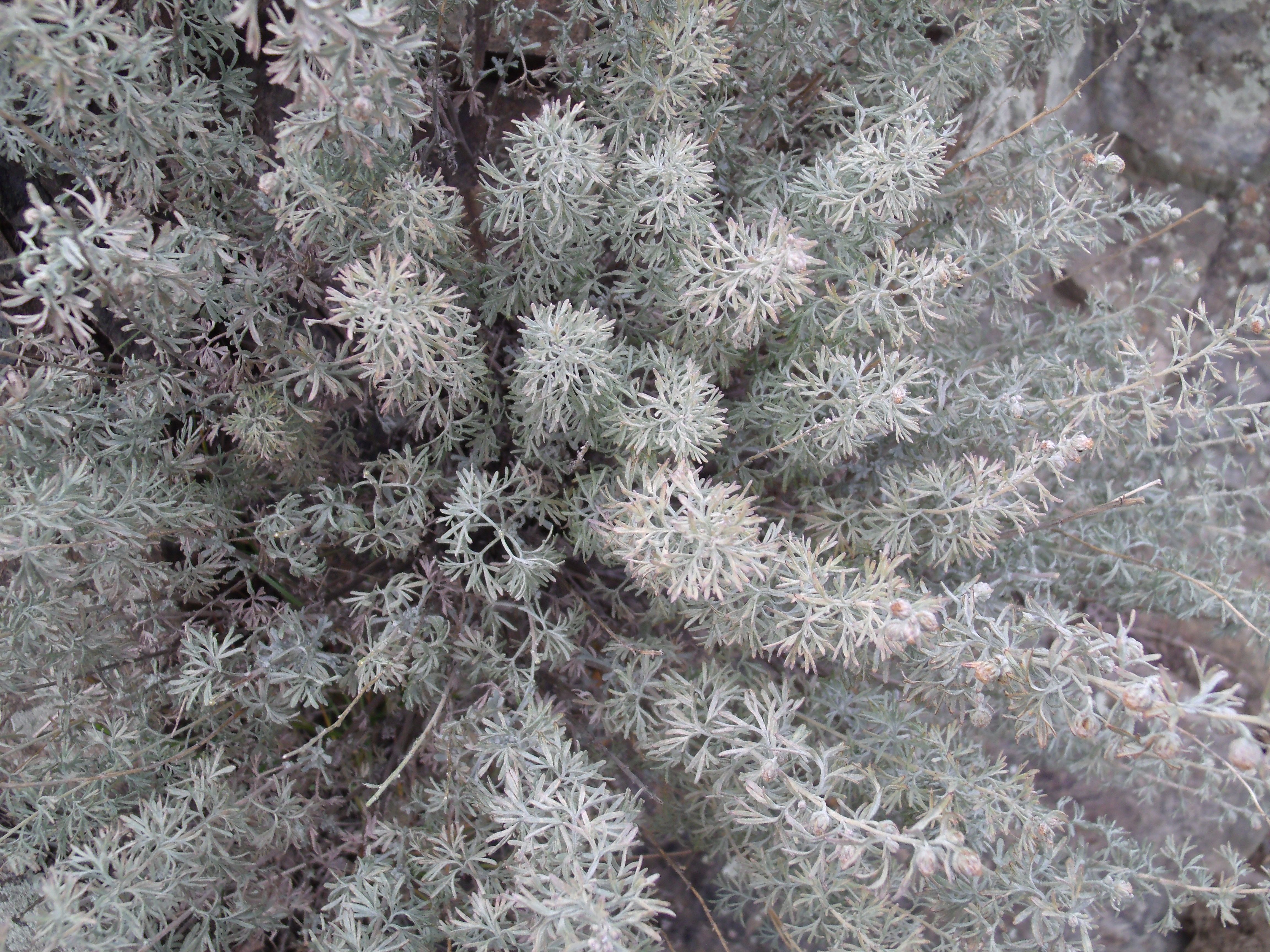
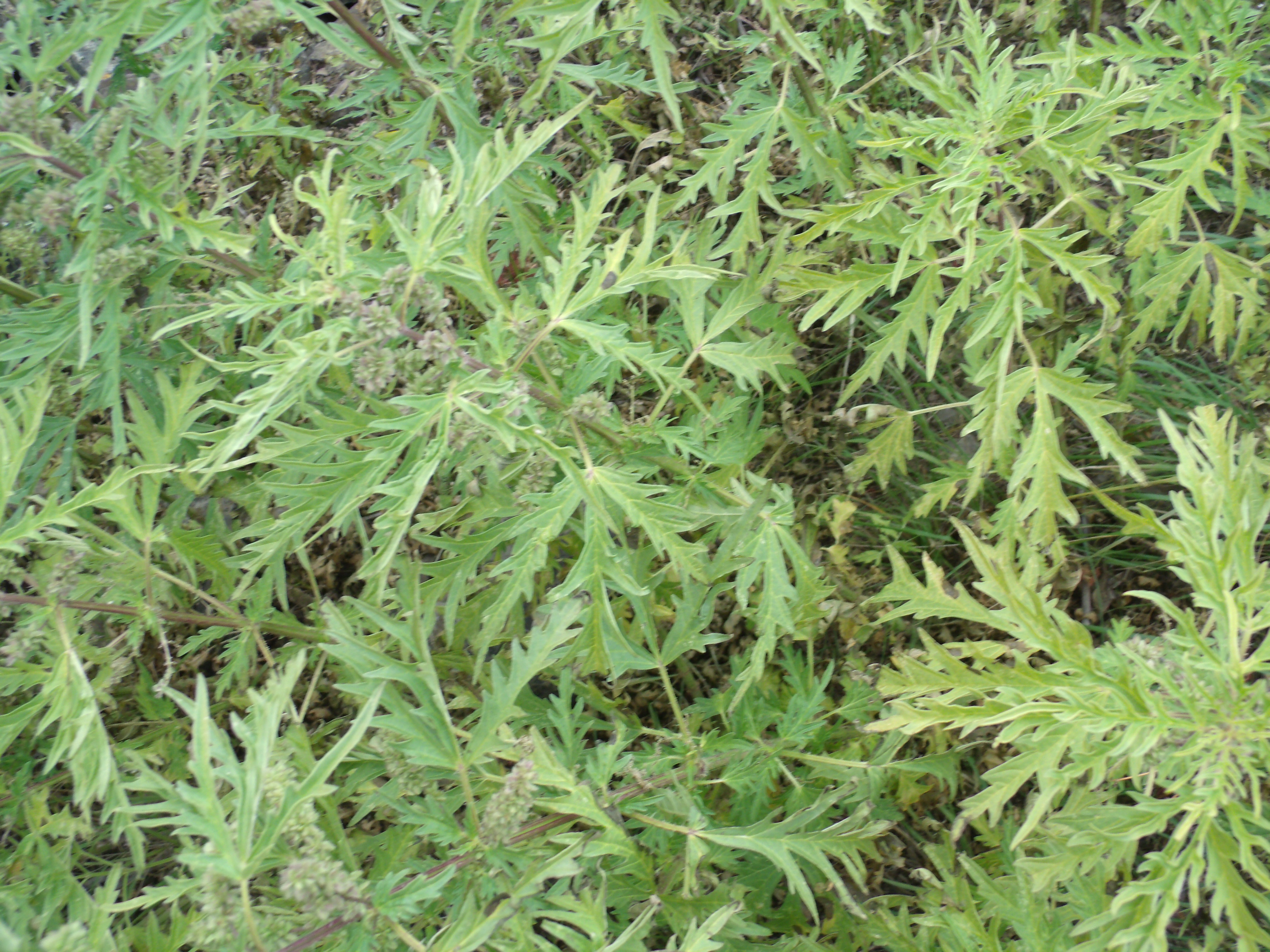
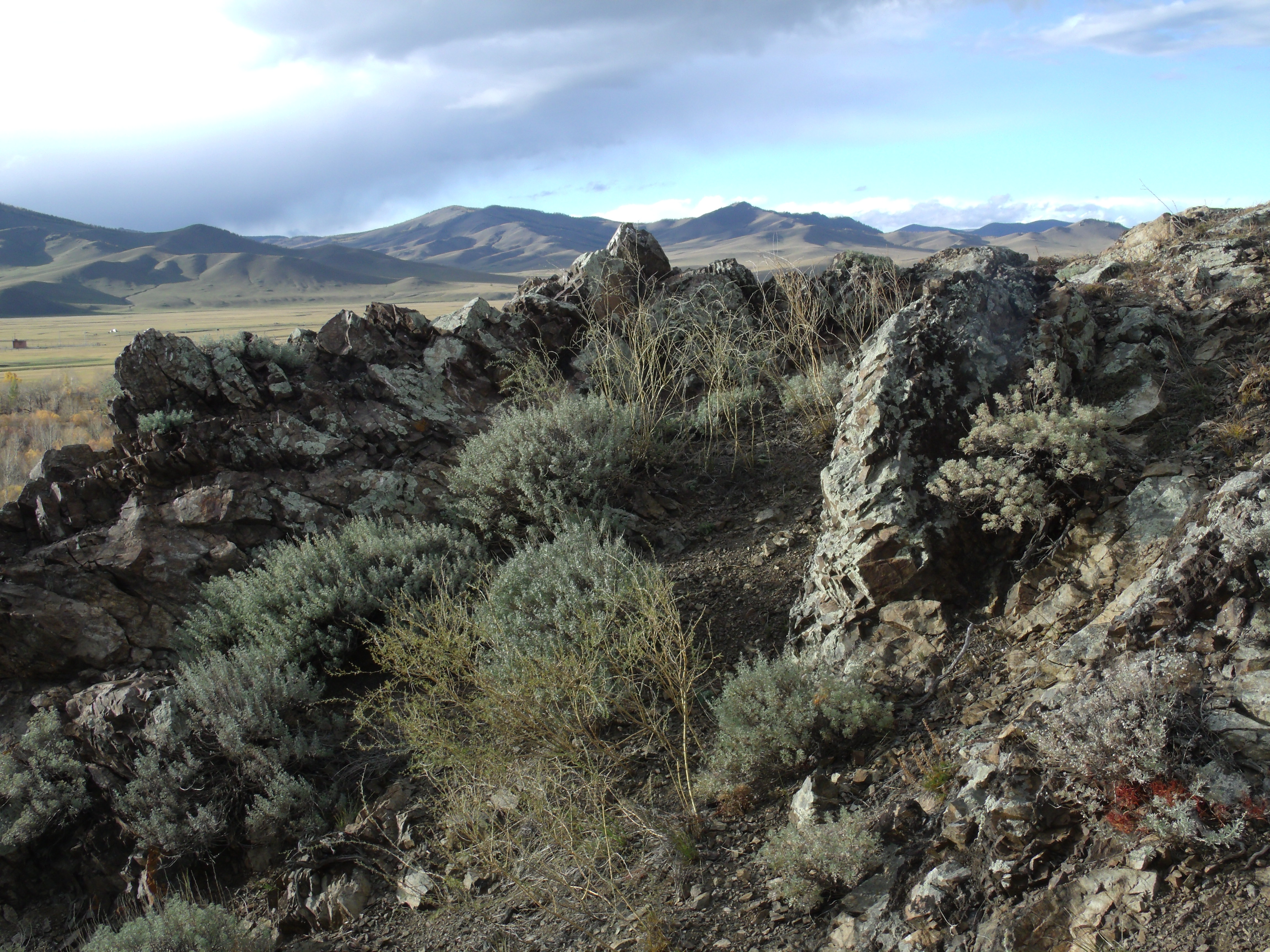
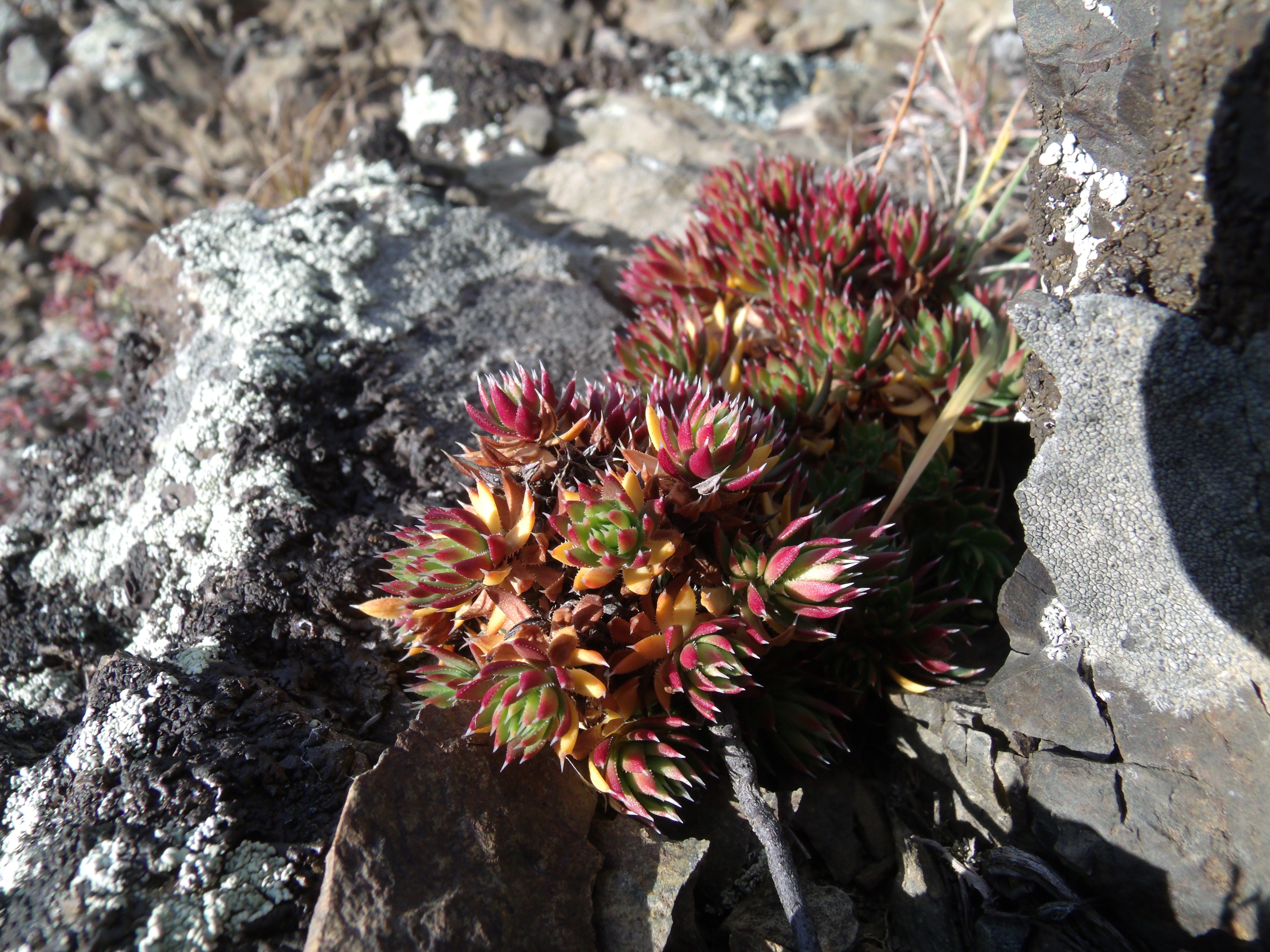

No better or worse for it. Definitely not any more or less effective.





















A rant on plastic pollution.
Context: I worked on a plastic pollution related business for several months. We identified microfibres as being one of the leading causes of micro plastic plastic pollution in water systems so focused our research and energy on a filtration product based solution for various industries. I have since left this business but I spend a significant amount of my time on this issue so I have some thoughts, or complaints maybe.

For any issue, movement, plan, whatever. There are the people that have done their research to agree or disagree, and the people that follow one of these opinions. Due to the lack of holistic understanding of the problem, the followers of the movement turn the decision into a yes or no, or somehow simplify the solutions and outcomes. With research and understanding, the answer isn’t usually so simple, and neither are the solutions.
I have been confronted with this time and time again. The more you know the less you know, right?
Sometimes bite sized changes in our daily life make a movement as daunting as eliminating plastic pollution seem more approachable. But we can’t stop here.
Here is an example that opened my eyes. Microbeads, the small microplastic fragments found in skin care products marketed for exfoliation, have been banned in various countries now. The topic of microbeads took off in environmental and skin care circles, many people critical of the completely foreseeable impact of microbeads entering water systems. This movement excited me too, I mean, it was pretty weird we were scrubbing our bodies and teeth with plastic. I looked forward to more public, industry, and government level action against microplastics. But we became complacent and satisfied with the attack on microbeads, while microfibres, the microscopic threads that our synthetic clothing is made of, make up 94% of microplastic debris in the Atlantic Ocean (Kanhai et al, 2017).
Where is the industry and government action? Only a few of the large, influential industry actors like Patagonia have made strong statements and support solutions (while they continue to be a part of the problem). I understand it would be more complicated for government to regulate microfibres in the textile industry than it was for microbead mitigation in the skincare industry. Banning synthetics outright would raise the prices of textiles at the consumer level which would make a basic need in life inaccessible, and the current supply of natural alternatives would not be able to meet current demand at short notice without causing major strain to the environment (in other ways than synthetics). Synthetics play important roles in other industries as well, like medical devices/materials.
But I’m not asking for a straight ban, like what worked for microbeads, and regulations aren’t the only option either. Subsidizing transitional actions, or stronger support for entrepreneurial industry solutions would be a start. Filter technologies for catching the released fibres, and material coating methods for mitigating the release area few options here. Waste water treatment plants (WWTP) could be retrofitted to catch a higher rate of the released fibres. About 40 % of microfibers make their way through sewage treatment plants into our rivers, lakes and, eventually, the ocean. Even WWTP with a high rate of capture contribute to the problem; the material caught at WWTP is referred to as sludge that is sometimes re-used as fertilizer on agricultural fields, which then enters waterways through run-off after rain/snow.
There are various sources of plastic pollution. Maybe I should have mentioned, microplastics (plastic particles less than 5 mm in size) worry me the most because they are hidden from our daily lives and are the hardest to remove from the environment. Large plastics can break down over time from UV exposure and oxidation and become microplastics. A report by the IUCN, ‘Primary Primary Microplastics in the Oceans : A Global Evaluation of Sources’ lists the main microplastic sources as synthetic textiles, tires, city dust, marine coatings, road markings, personal care products, and plastic pellets.
We eat things that eat plastic, or sometimes we just eat/drink the plastic, and we also breath the plastic. The global average for tap water contaminated by microplastics is 83% according to Orb Media research in 2017. They have been found in a variety of processed foods, such as honey and beer (Liebezeit & Liebezeit, 2013; Liebezeit & Liebezeit, 2014) We consume what the plastic absorbs from the environment. Yadda yadda.
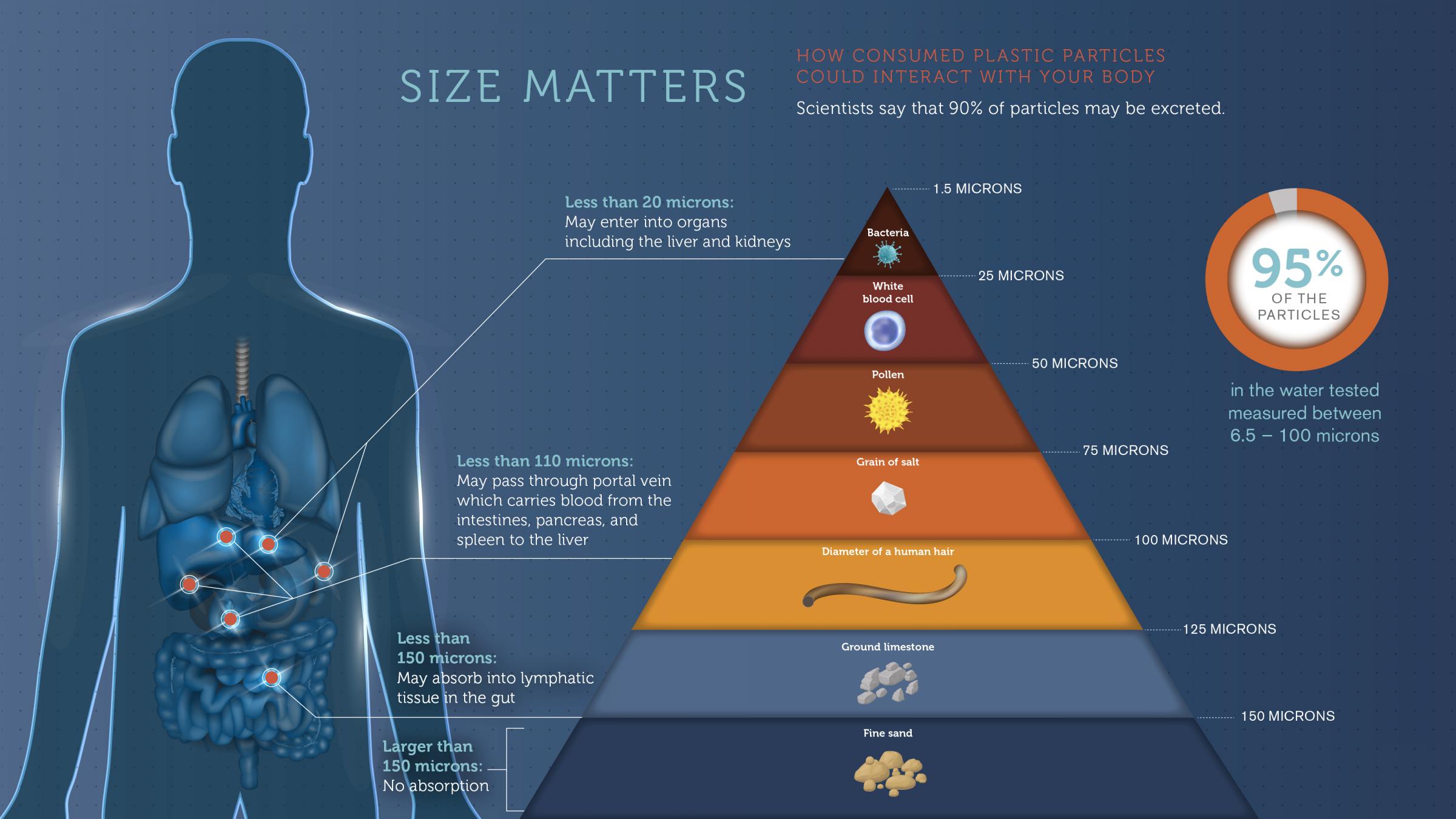
Image from Orb Media
Microbeads were easy to remove from skincare. Straws are easy for SOME people to remove from their lives (the movement is ableist). Removing these smaller, ingrained plastics that a majority of the population doesn’t even realize are there, will be more difficult. If they are talking about microbeads, tell them about microfibres. If they are talking about plastic straws, remind them to vote. Lose all your friends. Go live in the forest.
Anyways. That’s all I want to say on the topic for now. I could go on about the industry issues with microplastics and potential threat on/off land fisheries by stunting fish growth, leading to smaller catch size/reproductive rates and well.. the fact that people aren’t going to be down for plastic filled fish. It was estimated that in the UK the annual losses are approx. 35 million pounds for fisheries and 16 million pounds to coastal tourism due to microfibre pollution (Lee, 2014). And not to mention the beverage/food industries of the world.
Instead, here are some cool diagrams on microplastic contributors and their pathways from the IUCN report I mentioned above.
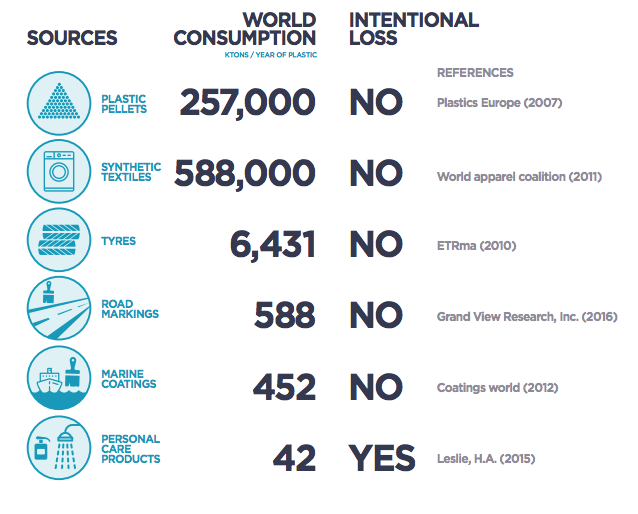
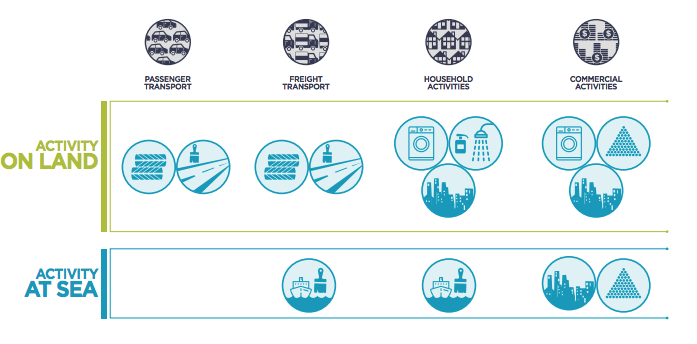

Dzud (zud) refers to a severely harsh winter. It can span from heavy snowfall, severe negative temperatures, or other conditions which make usual pastoral resources unavailable leading to many livestock deaths. In 2009-2010 about 8.5 million livestock perished (approximately 20% of the livestock population) impacting 769,000 people (28% of the human population).1 Dzuds have happened throughout Mongolia’s history, but combined with political, social and environmental changes, the hazard is increasing and disasters are feared to be more common.
The political and social shift during the democratic revolution of 1990 replaced subsidized and regulated livestock and pasture management with an open access system which has unclear pasture regulation and overstocking.2 Other trends such as the decline herders movement has led to further degradation of pastures.3 Environmentally, the frequency and magnitude of drought and dzud have increased, especially in the last decade and this trend is likely to continue. A drought in the summer leads to even less capacity for fodder preparation and foraging in the winter. Herders are among the most vulnerable groups as they depend on pasture and water resources for their livestock.4
So how are disasters mitigated? Although some environmental conditions cannot be changed short-term (or at all), preparation for hazards can be improved. With effective risk management systems, hazards can be mitigated and disaster avoided. The focus on disaster risk reduction is coming from different actors at industry, NGO, and government levels. At a brief glance I found a broad range of hazard mitigation and post disaster relief which together can contribute to an increasingly effective response to hazards.
After the dzud of 2009-2010, the Mongolian government asked US$18.15 million for emergency and recovery funds from international donors. The Mongolian government allocated more than $4 million for immediate relief.5 Maiyet Cashmere places orders before shearing and pays a 50% cash deposit allowing herders to plan for harsh winters.6 In 2016, Mercy Corps provided 20,000 herders with a ‘Dzud Lesson Book’ with tips from experienced herders on harsh winters.7 In the winter of 2017, Red Cross responded with cash grant assistance for more than 11,000 people considered to be most vulnerable to allow them purchase of clothing, food, fodder, etc.8 Mercy Corps has piloted an SMS weather forecasting system that gives herders up-to-the-minute forecasts via text message.9 Up-to-date weather forecasts are hard to access in all rural regions, fostering better telecommunication for rural areas would provide a means for preparation.
There was no guide for the free market and the loss of government recovery for herds. Education and use of insurance is becoming more popular. Here is a video by World Bank explaining an index-based insurance program for herders:
https://www.youtube.com/watch?v=JBVtoHc-CCE
Overall, there is a growing support for herders. They are an important, crucial part of Mongolia’s population, history, culture, and economy. For as many projects that support herders during these harsh winters, there will still need to be long term projects mitigating the environmental and social patterns which are increasing the risk of the natural hazard of dzuds.
1World Bank, 2012. Lessons from the Dzud: Adaptation and Resilience in Mongolian Pastoral Social-Ecological Systems.
2Asian Development Bank & The Mongolian Ministry of Environment and Tourism, 2013. Making Grasslands
3United Nations Development Programme. About Mongolia.
4Asian Development Bank & The Mongolian Ministry of Environment and Tourism, 2013. Making Grasslands
Sustainable in Mongolia, Adapting to Climate and Environmental Change
5United Nations, Ulaanbaatar, 2010. N Mongolia country team. Mongolia: Dzud appeal.
6Maiyet Cashmere. Fair: Maiyet Fair Trade Wholesale Cashmere-Yarn Process, Mongolia.
7Mercy Corps, 2016. Dzud Lessons Book 2nd Edition.
8International Federation of Red Cross, 2017. Red Cross respond as Mongolian herders struggle to survive winter Dzud amidst rising livestock deaths.
9Mercy Corps, 2017. In Mongolia, Winter Looms on the Edge of the Earth.
On The Web:
1http://www.worldbank.org/en/news/feature/2012/11/06/lessons-from-dzud
2https://www.adb.org/publications/making-grasslands-sustainable-mongolia-adapting-climate-and-environmental-change
3http://www.mn.undp.org/content/mongolia/en/home/countryinfo.html
4https://www.adb.org/publications/making-grasslands-sustainable-mongolia-adapting-climate-and-environmental-change
5https://www.unicef.org/mongolia/2145_13899.html
6https://fair-maiyet.squarespace.com/our-story/maiyet-fair-trade-wholesale-cashmere-yarn-process-mongolia-13
7http://mercycorps.org.mn/beta/index.php/en/news-mcm/635-dzud-lessons-book-2nd-edition
8http://www.ifrc.org/en/news-and-media/news-stories/asia-pacific/mongolia/red-cross-respond-as-mongolian-herders-struggle-to-survive-winter-dzud-amidst-rising-livestock-deaths-73857/
9https://reliefweb.int/report/mongolia/mongolia-winter-looms-edge-earth
Corporate Social Responsibility.
(CSR)
What is it? How can it be profited from?
These are the two main questions in my time facilitating CSR workshops and personal business experience. CSR consists of promoting people, planet and profit; however, profit is often the motivator.
CSR is a popular topic in Mongolia. In the 1990’s the free market began and business activity increased; now, many social and environmental issues are being addressed due to unsustainable resource use and gaps in social rights.
 At the 2017 Mongolian National Chamber of Commerce and Industry CSR Conference, MSC Coca Cola spoke about advanced water filtration/recycling techniques. These practices, while benefiting the environment and public health through quality control and water conservation, provide a direct financial benefit to the company through product quality improvement and reduced water costs.
At the 2017 Mongolian National Chamber of Commerce and Industry CSR Conference, MSC Coca Cola spoke about advanced water filtration/recycling techniques. These practices, while benefiting the environment and public health through quality control and water conservation, provide a direct financial benefit to the company through product quality improvement and reduced water costs.
The question was raised,
“Why don’t you offer opportunities for women in your workplace, such as childcare support?”
Women often have the responsibility and work barrier of childcare. The difference in motivation is clear, Coca Cola receives direct financial impact for some CSR activities while other crucial support systems add to the substantive gender equality of their workforce, which is only 25% women.
For a more clear idea of how a company can demonstrate CSR, I met with Khulan Davaadorj, the founder of the first organic skincare brand in Mongolia, Lhamour which was awarded with “MOST RESPONSIBLE SME” of Asia in 2016.
Her advice for other organizations is simple,
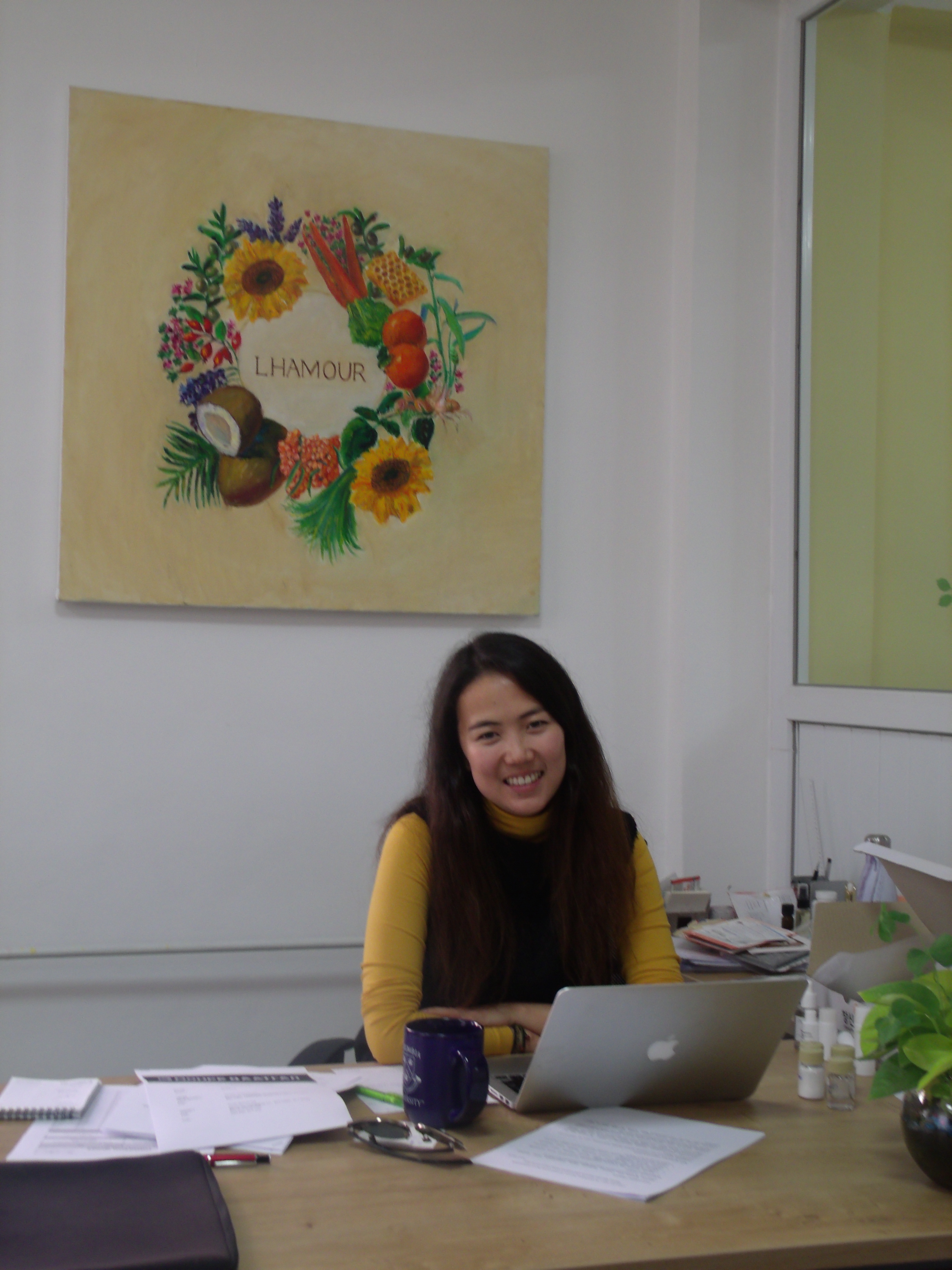
Khulan at Lhamour Office
“It is easy to be responsibly, have a joint discussion, if the company culture is about being responsible, creating projects is easy.”
Khulan started Lhamour in 2014 with inspiration from her own skin complications and work frustration. She realized the opportunity to create something inspired by Mongolia, and to use the business as an inspirational platform for youth.
“I realized there was a gap of in the industry and an opportunity to use local ingredients.”
Lhamour has various CSR elements:
Mongolia, a traditionally nomadic and herding land has maintained this culture despite many changes in the political system; the facilitation of export standards for herders provides an opportunity they might not otherwise have.
Khulan is passionate about youth engagement as the rate of youth unemployment is approximately 17%. Education, skill, and interest misalignment leads to a lack of opportunity in the workplace. Khulan bridges this gap through internships with Lhamour, motivational speaking, and interest discovery workshops.
Lhamour is basically a social enterprise instead of a socially driven business,
“We still don’t make profit, instead we reinvest in the community.”
It is clear that the Lhamour team is proud of their nationality and culture. Other companies could learn from their CSR strategy, ingraining these values throughout their entire business.
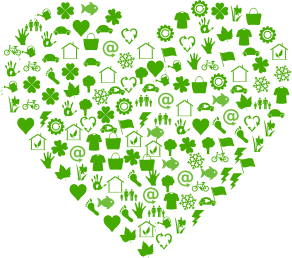
While the concept of Ecosystem Services is not new to economists and business owners, the sustainable use of these services has only been a widely pursued topic for the last few decades. It has been recognized globally that the exploitation of the economic and ecosystem services leads to a concept called Negative Externalities where a third party receives the social and environmental costs of business activity, or in more simple terms, some profit while a wider audience pays.
To better understand ecosystem services, think of what the economic benefit of different naturally occurring plants and animals are used for,
“It’s been estimated that insect-based pollination, bees pollinating fruit and so on, is something like 190 billion dollars-worth. That’s about eight percent of the total agricultural output globally. It completely passes below the radar screen. But when did a bee actually ever give you an invoice?”
– Pavan Sukhdev
For clarity on negative externalities, consider the damages that market activity causes without being calculated in direct costs. For example, activity of energy generation from coal causing the negative impact of air pollution. The major negative externalities in Mongolia include
For too long businesses have been able to maximize profits and receive only financial costs while the negative environmental and social impacts are spread to those with the least means to cope. In the last decade there has been a higher focus on these issues as the global community faces the impacts of unregulated use of ecosystem services. While environmental and social regulations are being placed, such as Green House Gas limits and labor regulations, the push also comes from a wider social consciousness and demand for Corporate Social Responsibility.
Sometimes the public demands change, environmentally or socially, and some companies respond in order to compete for the new public demands. Other times, the government enacts policies and regulations which can add a different dimension of both pressuring companies that wouldn’t otherwise care, pushing issues that are not demanded by the public, targeting activities with an inelastic demand, and facilitating companies which cannot afford immediate strategy, technology or infrastructure changes by offering financial and advisory support.
In Mongolia, the social and environmental landscape for the private sector, public sector, NGO’s and Government actors have been dynamic for decades. Global actors have also been dynamic in this space and contributing funding, advisory and tools. A tool which I found interesting was from 2012, Readiness for Climate Finance by the UNDP which details the importance of enabling environments for financing to disseminate through countries. The document questioned, ‘are you ready for climate funding?’ and detailed the important policy, institutional, and individual level actors and activities that are important for creating this enabling environment. Although specific to Climate Change, this thinking could be applied to many forms of sustainable development funding. While reviewing the activities I started compiling related changes in the enabling environment in Mongolia which would facilitate funding and knowledge being used efficiently and disseminated to many organizations.
Below is a list of just *a few* enabling activities in the last few decades.
1995
1999
2000
2001
2002
2004
2005
2006
2007
2008
2009
2010
2011
2012
2013
2014
2015
2016
2017
So, the enabling environment of Mongolia is set and growing at an increasing rate. The negative externalities imposed of environmental and social third parties are being targeted. Pressure is being raised from all directions, and many actors are stepping up to the environmental plate to take a swing at improving the state of their environment, people, economy, and ultimately, the future of their country.
“When will we see the effects climate change”
Why does spatial and temporal distance weigh so much on our ability understand tragedy?
Where is our sense of global and future community?
Behind the Counter with Rebekah and Sonja at CJLO radio station.
Montreal, Quebec .
On the February 11th show, Rebekah and Sonja from Behind the Counter spoke with Lucy from the Centre for Gender Advocacy about the solidarity collective, Missing Justice and a march which took place on Valentine’s day, 2016 in Montreal starting at the St. Laurent metro.
The show begins at 1:58 on,
This demonstration was in commemoration of the lives of missing and murdered Indigenous women and girls across North America, a number that is officially reported around 1,200 by the federal government and estimated to be more in the range of 4000. This number continues to rise every year the march takes place, this being the 7th annual event.
The march incorporated a ‘Red Dress’ installation to continue the work of Jaime Black, a Métis woman who started the REDdress project in 2014, an aesthetic response by placing red dresses throughout public areas as a symbol to raise awareness and a reminder of the missing and murdered Indigenous women and girls. Red dresses and other red clothing articles were placed along the path the marchers took, along with inukshuks to remind them of who was once there. Speakers, musical and other artistic performances took place.
These demonstrations are crucial for retaining any level of government’s attention and placing pressure to remind them, as Lucy stated,
We are watching and we want real change.
Lucy continues to discuss this issue with the government’s practice in launching and conducting inquiries into missing and murdered Indigenous women and girls,
Governments in the past call inquiry, conduct the inquiry, and claim they have done something to solve the problem when in fact they have written more words on pages and nothing actually gets done.
The public can become complacent and believe effective action has been taken to look into and deal with the problem; in the past people inquiries were conducted on the missing and murdered without meaningful results. The recurring ineffectiveness of government inquiries is a systemic problem that must be tackled internally.
The inquiry is only part of the solution, once the true extent of the devastation is identified and accounted for, concrete and community based solutions must follow to change the patterns in the future. For real, effective change, the federal government needs to revert their strategies from ‘top-down’ to ‘bottom-up’ to allow for community involvement and support. In the past, attempted solutions have been implemented identically across Canada, this act of ‘bestpracticitus’ does not account for the diversity of such a vast country and issue.
So what could the Canadian Government implement for more effective solutions?
•Bottom-up approach
•High community involvement & support
•Diverse strategies
What can you do right now? A few options were discussed on the show. Educated yourself on the Indigenous history and culture and become an ally, get involved and reach out. Check out if there are any Native friendship centres in your area. The Centre for Gender Advocacy in Montreal has began offering critical French classes to teach a way to speak French that is less gender oppressive and more gender fluid. These classes are ‘pay what you can’ and last for two hours. What a cool initiative! The Centre also runs ‘how to be a better friend and ally’ workshops, here are a few suggested steps for being a better friend and ally:
•Listen
•Hear other experiences
•Do not shut down or devalue the conversation; make people feel wanted and believed
•Recognize what micro-aggressions you may perpetuate
•Realize it is okay to make mistakes if you take responsibility and actively work to change/correct these behaviors and opinions.
Many other important projects can be found on their Campaigns and Projects page.
Families of Sister in Spirit is a Canadian organization offering support and events for family, friends and community members with relations to missing and murdered Indigenous women.
If you are in the Waterloo region, The University of Waterloo offers support and information at The Aboriginal Education Center.
I will leave you with a quote from Lucy which echoes throughout the globe,
Privilege is blindness.
The privileged are not impacted and seemingly do not have to care. Once educated and informed, the atrocities which happen every second of every day all around this world cannot be unheard and cannot be unseen.
Thank you, Rebekah, Sonja and Lucy for an interesting and informative show. Thank you also for being generally awesome, altruistic and for interjecting the show with super cool music.
Check out more from Behind the Counter: http://www.cjlo.com/shows?q=node/8355
Follow them on Twitter: https://twitter.com/btccjlo
This made me chuckle because I often feel rather hopeless towards environmental matters. Environmental issues are on an irreversible timeline, if it were 10-20 years ago, many of the initiatives being proposed today would be more helpful. Unfortunately human activity has disrupted the once balancing feedback loops in the environment and onset many reinforcing feedback loops in environmental systems that will continue warming the earth despite any action taken.
For example, the amount of carbon emitted in the atmosphere from industrial activity far surpasses the natural regulators for carbon dioxide emissions from volcanoes. Carbon dioxide controls earth’s temperature, rising carbon concentrations result the earth’s temperature increasing. As temperature increases the the uptake and storage of carbon by land and ocean sinks decreases, releasing more carbon dioxide into the atmosphere. With the naturally balancing regulators working at much slower rates than the rate at which human activity emits carbon dioxide, we have onset a reinforcing feedback loop with no current solution for regulation.
That is not to say that we shouldn’t be actively working to prevent future degradation and onset more negatively impacting feedback loops in the environment. The other day on a podcast, ‘Selling Fear Instead of Facts’ by The Green Majority, a comment was made that should ring true or be a good reminder for environmental activists,
“If you’re not campaigning, quit complaining!”
Get involved. Get other people involved. Be an example, an inspiration, and if there is any time to be unrelenting it is now. A majority of the progress made for environmental integrity in Canada has been facilitated through activism and social movements. Another important point was discussed on this episode with reference to the recent election and change in political power; now is not the time to become complacent, environmental activism must be present and bold.
So let’s reflect on this comic, despite the cynical humor, it reminds us of an important message; future generations are relying on us, as stated throughout the podcast discussed above,
“We might want to go down swinging on this one.”
An Adventure in Local Sustainable Development
For Christmas 2015, I received gift from a friend that sparked my desire to learn more. It was an organic, homemade lip balm in a cute silver tin and the most delicious smelling sugar body scrub in a glass jar. She shrugged these gifts off as, “I couldn’t afford to buy everyone something nice, so I just made these,” not realizing at the time the effect a thoughtful gift can have. Everything about the gift made me happy; it smelled great, worked even better and it was nice to know I wasn’t using a wasteful, store bought product with an ingredient list that seems like another language.
I used these two products until they were gone, and then I kept the containers to request for more. This made me think, “other people would love this, use this, and would decrease their environmental footprint in the process”. I am constantly upset by the wasteful and unsustainable behaviors in society, so instead of complaining, we made it our mission to make a difference, however big or small.
Natural, Ethical & Handmade Body Products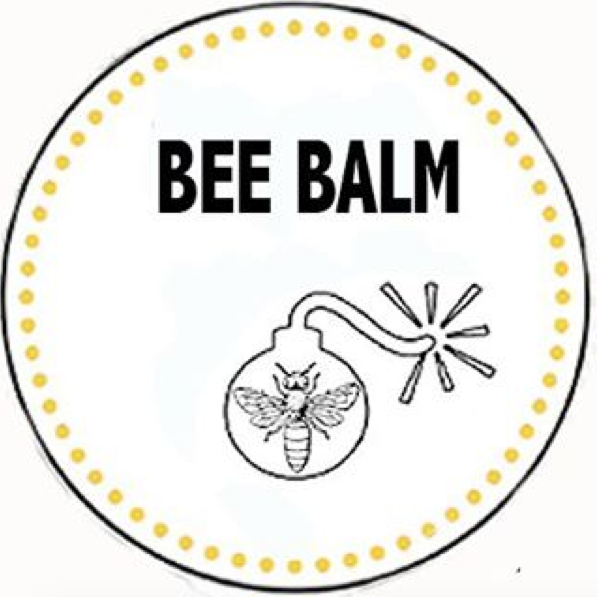

Bath Bombs
In the Spring of 2015, my friend and I started planning a small scale, locally sourced, natural skin care line. We are both highly interested in environmental conservation and things that smell & feel great on your body. Our intention is to offer simple, natural, ethically and locally sourced products that help keep skin healthy. Bee Balm offers:
•sugar scrubs •body butters
•lip & body balms •bath bombs
•body salves
•micro-beads
•palm oil
•the list of drying ingredients in lip balm: camphor, phenol, menthol, OL (alcohol) and salicylic acid
•not knowing where the ingredients are from
Then, we brainstormed possible alternatives to these ingredients in order to make replacement products.
Here is what we came up with:

Vanilla Tangerine Sugar Scrub
Sugar VS Micro-beads
Raw sugar of different grain sizes makes for an effective exfoliator and alternative to micro-beads. When combined with moisturizing and essential oils, the scrub exfoliates before slowly dissolving into a soothing body wash. This eliminates the issue of plastic micro-beads being washed down the drain into water systems.
Coconut Oil/Almond Oil/Hemp Seed Oil VS Palm Oil

Gardeners’ Salve
Coconut, sweet almond and hemp seed oil have production processes more sustainable than palm oil. Palm oil plantations cause mass deforestation and have been increasing exponentially since 1964. The alternatives listed have the same, if not more moisturizing effects, a more pleasant scent, smaller environmental and social footprint and will help decrease the demand for palm oil.

Vanilla Cardamom Lip Balm
The lip balms we created consisted of 5-6 ingredients in total: beeswax, sweet almond oil, coconut oil, hemp seed oil, essential oils and scented oils we infused using dried herbs and flowers. The issue was unnecessary, hidden ingredients to ensure the lip balm is used faster. Instead of replacing these with another ingredient, we simply took them out and ensured the remaining ingredients each added their own benefit, for example, beeswax locks in the other moisturizing oils.
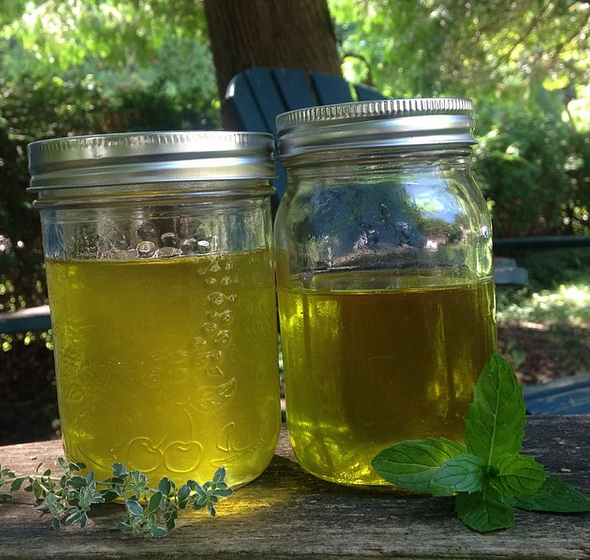
Infused Thyme & Spearmint
Every ingredient that we could acquire locally or had been processed locally was used; other ingredients that could not be locally sourced were ethically sourced using fair trade and organic certifications. We used:
•Beeswax from J.R Fear Apiaries from Wingham
•Essential Oils from Pure Essential Oils from Guelph
•Herbs and Flowers from our own gardens
Mid-way through the summer we arranged to set up at a farmers market that allowed some artisan sellers. Every Friday from 3-7pm we sold products from Bee Balm’s natural skin care line. It was interesting to observe people’s reasoning for purchasing; whether intrigued by the quality and benefits of the products, environmental or local aspects or supportive of young entrepreneurs, we were happy to be able to offer healthier, more sustainable alternatives to the main problems we targeted in the skin care industry.
This is only the beginning. The unsustainable, environmentally degrading practices in the skin care industry are not limited to what we targeted.
We cannot wait to tackle the rest.
For more information, inquiries or orders check out:
Instagram account: https://www.instagram.com/bee.balm/
Facebook account: https://www.facebook.com/Bee-Balm-945059918922540/?fref=ts
Email address: beebalmbayfield@gmail.com